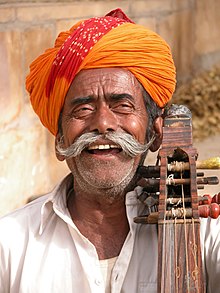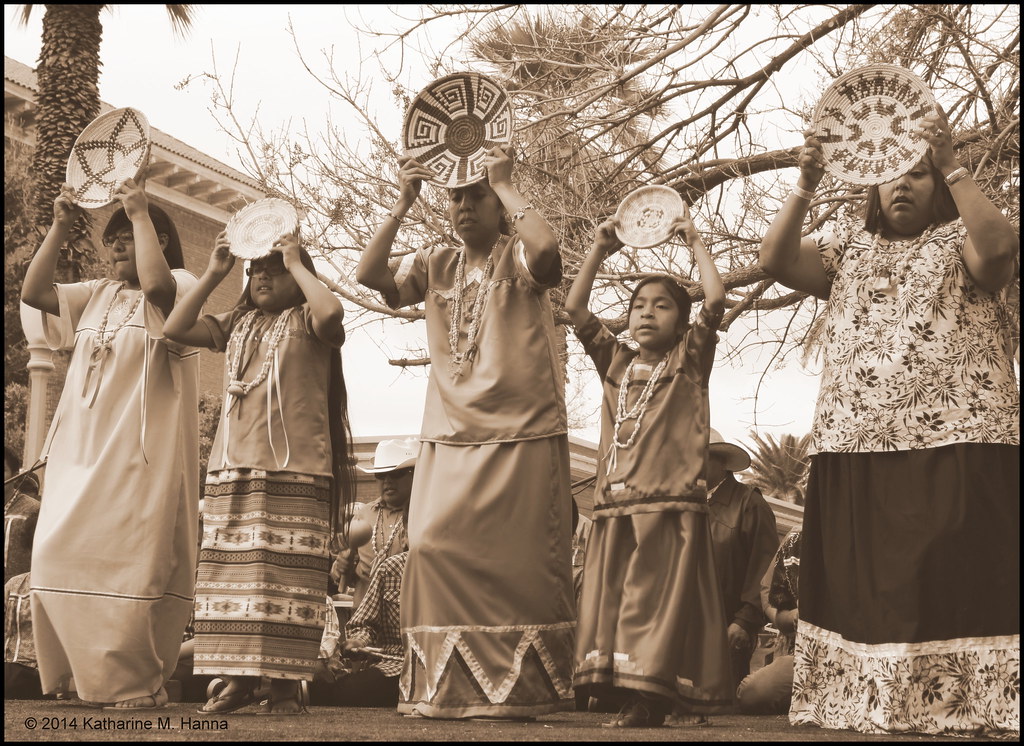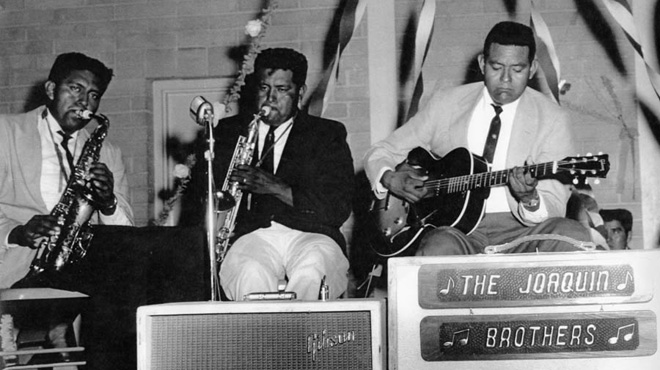Vélo
& Le Cercle Culturel Ansois
Folklore Hors Série
Rencontre au sommet
Document Folklorique des Disques Celini
1968
Tracks:
01. An di pè é di fis - 2:58
02. Ya ya yo yo bay la vwe - 3:14
03. Ti jan pwan ga a to - 2:53
04. Gaj nouvo rive - 3:31
05. Mannyok an mwen dan bay - 3:19
06. Jénès manten - 3:42
07. Pantalon (1ere figure) - 2:16
08. L'été (2eme figure) - 3:39
09. Poul (3eme figure) - 3:35
10. Pastorel (4eme figure) - 4:46
11. Doudou mi mwen jodi se nwel (Final) - 3:06
12. Jenn gason - 2:18
13. Lekol la - 10:42
♫☆`*♥¸¸.•*¨*•♫☆`*♥¸¸.•*¨*•☆♫
.ღ•:*´♥`*:•ღ.
♫☆`*♥¸¸.•*¨*•☆♫`*♥¸¸.•*¨*•☆♫
Vélo
Real Name: Marcel Lollia
A drummer, a singer of a traditional music of Guadeloupe called "Gwoka".
Born on 7th December 1931 and died on 05th June 1984 in Guadeloupe (French West Indies).
He's considered one of the greatest Gwoka Masters...

BIOGRAPHIE DE MARCEL LOLIA dit VÉLO
Je nais un 7 décembre 1931, enfanté par Lisette Téatin, et je grandis avec un père, Vénance Lollia, ouvrier à Darboussier. Il joue de temps en temps de l'accordéon à la cour d'Orgement et me charroie dans les Bamboulas (aujourd'hui Léwòz). J'exécute mes premières notes de musique en frappant sur des kannari et je vais de veillées en Léwòz avec papa qui me dit souvent "ou pé ké fè p-on dòt biten ki tanbouyé!" se basant sur mes résultats scolaires.
Je m'imprègne de cette rythmique GWOKA qui m'enivre et je joue, je frappe la peau, chaque jour que Dieu fait, chaque fois que je peux, mais surtout où je veux, je suis libre! Je vais et viens entre les fonds Laugiers, Petit-Canal, Saint-François, et surtout le Gosier avec mes comparses Napoléon (Magloire), Arthem (Boisbant). J'erre le samedi soir entre les cours Zamia, Selbonne, le morne Lacrosse, lieux de repères à cette époque, des amateurs de Gwo Tanbou.
Lorsque Madame Adeline, présidente de l'association Entraide féminine guadeloupéenne, a pour projet de créer son bar LA BRISCANTE, je suis recruté et hébergé pendant un temps dans son lègue, sur la place de la victoire en lieu et place de l'ancien Mc Donald. J'y joue du tamtam, mizik a vyé nèg, car elle a décidé de faire entrer le tambour dans les salons. J'étais le meilleur batteur de pointe à pitre à l'époque. C'est donc ainsi que je me suis rendu à paris, où j'ai joué pour G.Pompidou à l'Elysée, à Porto Rico, en Martinique avec la troupe LA BRISCANTE, je joue également pour les touristes à bord de leurs bateaux de croisière sur le port de la Pointe à Pitre. Après ma virée à Paris, j'ai pris conscience de ma valeur, j'ai été amusé par le fait de signer des autographes, de faire des photos. Mais mes seules rémunérations sont une chambre, le linge propre et le rhum. Ce moment de ma vie n'a pas perduré car j'ai ouï dire que Madame Adeline avait perçu des sommes d'argent et qu'elle ne m'en avait pas fait voir un centime, j'avais perdu toute confiance en elle et, pris d'une rage incommensurable, j'ai voulu détruire son bar.
Cet épisode m'a valu une année d'internement au 2nd plateau à Saint-Claude et je fus déclaré fou! Je dois ma libération au fils de Madame Adeline, Guy. A ma sortie, j'ai cessé de battre mon tambour pendant quelques temps et j'ai gagné ma vie en portant main forte aux dames de la Halle aux poissons de la Darse, notamment Mademoiselle Hatchi pour qui je jobbe du matin au soir. Mais cette fois, en plus du toit et du linge, je touche quelques francs. Il arrivait même que les âmes les plus charitables m'offrent un repas. Le soir, très régulièrement, je partais chez Man Sosso et Guy à Baie-Mahault pour discuter de notre amour du tambour.
Et puis, arrive ce jour où Christian Mathurin, Michel Halley et les autres viennent me chercher pour jouer avec eux dans ce groupe qu'ils avaient nommé Takouta. C'est reparti!
Je suis à mon tour le père d'un petit garçon, Patrick, mais mon tambour et ma vie de bohème sont mes motivations premières. Je retourne à la rue, je suis un être libre!
Jenregistre mon premier 33 tours avec mon cousin Arthem au boula chez Monsieur Mavounzy dans les années 60. Aucune répétition n'est nécessaire, j'improvise et fait ce que je sais faire, je frappe la peau et notre album est un succès " Vélo et son gros-ca". Quelques années plus tard, j'enregistre pour Raymond Célini "Folklore hors série", son premier disque de Gwo Tanbou. Et puis, lors de la réalisation de celui de Guy Conquette, Raymond me demande de terminer la bande pour clore l'album, je joue 13minutes sans m'arrêter, je suis comme envouté, Arthem toujours au boula me donne la cadence. J'ai rencontré Guy Conquette bien après avoir quitté Madame Adeline et alors qu'il enregistrait chez Debs, il m'a demandé de l'accompagner. Ainsi a été mis sur la place publique le disque "An ka mandé la lajan pasé".
S'en suivent les albums de Fabiano Orchestra "Butterfly Island" et "Atika" avec Patrick Jean-Marie pour lesquels je suis soliste.
Il m'a été fait la grâce de jouer en Martinique pour Guy et Robert Loison au hall des sports de Fort de France. Après 2 heures de concert, je n'en avais pas assez et j'ai été poursuivre ma musique seul dans le stade pendant que les autres attendaient le transporteur.
En 1978, avec Mawso et les camarades, nous nous armons de nos tambours chants, de nos basses et contre basses et commençons à débouler dans les rues de Pointe à Pitre, vêtus de vêtements faits à partir de matière de récupération, lenj anba kabann, fèy a bannann... le peuple s'interroge et se demandent "mé a ki yo?" Petit à petit, une transition est opérée entre le Mas a Sen Jan et notre groupe qui devient très populaire. Les férus de musique sans contre basse se tourne vers nous car c'est notre différence, nous ajoutons du tempo au classique Mas a Sen Jan. Le peuple nous inspire notre nom Akiyo.
Ma vie durant, je n'ai cessé de vivre ma liberté, parce c'est ce que mon esprit m'a réclamé, parce que c'est ce que mon tambour m'a chanté.
Au mois de mai 1984, la douleur, la maladie, ces vermines, me clouent au lit et, parce que je ne parviens pas à me faire à cet état dans lequel je suis, je m'enferme dans ma chambre chez Djyliss à GrandCamp. Je ne veux voir personne et je ne veux pas de leur élan de pitié. Je me mure et Michel, venu me rendre visite, force la porte pour me voir. Il me trouve allongé et brulant de fièvre, il interpelle Djyliss et mes zòm me charroient à l'hôpital. Le verdict tombe: je suis atteint d'une cirrhose avancée. Je tente de quitter cet endroit qui ne me ressemble pas, mais je suis rattrapé par l'ambulance la première fois et la police la seconde. Après une quinzaine de jours, le docteur Blanchard informe Michel que je pourrai bientôt sortir à condition de changer d'alimentation. Michèl ay bat la sonn kès asi radyo! La Guadeloupe se mobilise dans un élan naturel de générosité à mon égard... mais le mardi 5 juin, je décide de lâcher prise, de donner à cette foutue maladie son gain, mon enveloppe charnelle. Je ne frapperai plus la peau du tambour. C'est fini.
Oui, je suis ce marginal que l'on vous a conté, oui, j'ai dormi dans la rue, oui, j'ai squatté les voitures et les appartements abandonnées, oui, j'ai bu mon rhum, oui, j'ai fait souffrir des tiers, oui, j'ai été méprisé, oui, j'ai été abusé, mais souvenez vous que si " pour l'esclavage nous avons beaucoup subi, avec le Gwo Ka nous finirons de subir un jour".
J'ai été Ti Vénance Lollia, je suis Marcel, mais je resterai VÉLO !!!
Vélo. De son vrai nom Marcel Lollia. Percussionniste soliste virtuose et inventif. A l'origine de l'introduction du djembé dans le gwoka et de sa transformation en djembé-ka. S'inscrit davantage dans la tradition du gwoka urbain de Pointe-à-Pitre. Il est mort le 5 juin 1984.
Voila ce qu'en dit Marie-Céline Lafontaine:
Sa très grande liberté vis-à-vis des structures traditionnelles d'exécutiion de la musique de lèwòz a influencé toute une génération de jeunes musiciens et a véritablement ouvert la voie à des styles nouveaux.
(extrait du livre Alors ma chère, moi... Carnot par lui-même, Propos d'un musicien guadeloupéen recueillis et traduits par Marie-Céline Lafontaine - Editions Caribéennes, 1986, p. 156).
source
♥


















































































+Front.jpg)

















